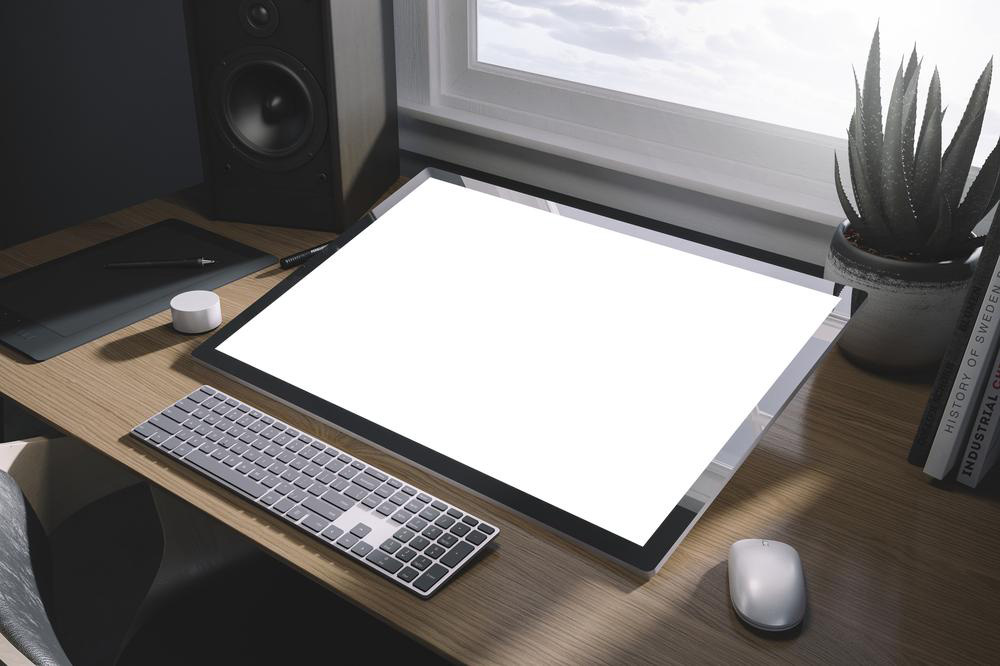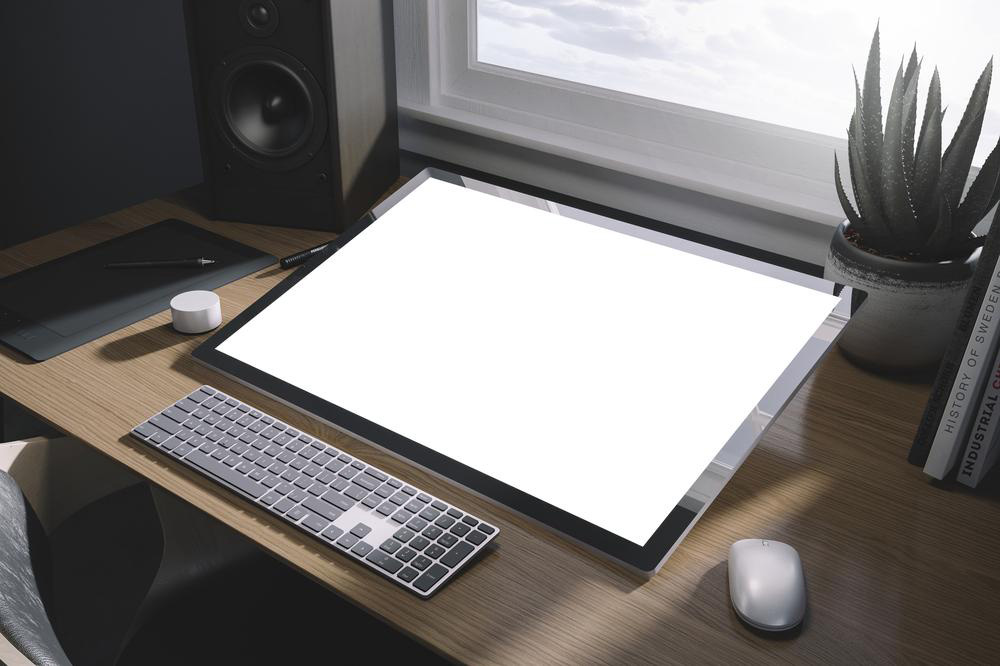Windows 8: The Revolutionary Upgrade to Microsoft's Operating System
Windows 8 introduces a revolutionary approach to Microsoft's operating system, emphasizing speed, touch support, and cloud integration. It offers significant enhancements over Windows 7, including faster startups, a modern user interface, and improved connectivity. Windows 8 Pro caters to business needs with advanced security features, while Windows 8.1 updates broaden hardware support and enhance touchscreen capabilities. This OS upgrade ensures a seamless, efficient experience suitable for personal, professional, and enterprise use, shaping the future of computing with innovative features and robust performance.

Windows 8: The Revolutionary Upgrade to Microsoft's Operating System
Windows 8 represents a significant milestone in Microsoft's evolution of personal computer operating systems. As one of the most reliable and innovative releases in the company's history, it introduced a wide array of enhancements designed to improve user experience, security, performance, and productivity. Departure from traditional design paradigms, Windows 8 was crafted with the modern user in mind, especially emphasizing touch-based interactions, which have become increasingly prevalent with the rise of tablets and hybrid devices. This operating system not only speeds up the startup process but also offers a redesigned interface featuring live tiles, seamless cloud integration, and support for a broader spectrum of hardware configurations, including both 32-bit and 64-bit systems.
Designing an OS to cater to a rapidly evolving technological landscape, Microsoft aimed to create an environment that bridges the gap between traditional desktops and touchscreen devices. The result was a user interface that combines familiar elements with fresh, innovative features designed for efficiency and mobility. Windows 8's performance improvements include quicker boot times, faster Wi-Fi reconnects, and simplified data management, making it an appealing upgrade for both individual enthusiasts and enterprise users.
In addition to core enhancements, Windows 8 expands its capabilities through new features and tools that cater to different user segments. For gamers, developers, businesses, and everyday users, Windows 8 offers tailored experiences. The system's support for modern hardware and innovative connectivity options like Miracast and Wi-Fi Direct signals Microsoft's commitment to future-proofing their OS for the next wave of technological advancements.
Benefits of Upgrading to Windows 8
Substantially faster startup times, with the OS booting twice as quickly as Windows 7, ensuring quick access to your desktop or applications.
Enhanced support for touchscreen devices, making navigation smoother and more intuitive on tablets and hybrid laptops.
A refined and dynamic user interface featuring a Start screen with live tiles that provide real-time updates and notifications at a glance.
Better connectivity with faster Wi-Fi re-connection speeds, ensuring you're always online with minimal delays.
Simplified data recovery options through the innovative Push Button Reset feature, enabling users to restore their systems efficiently without extensive downtime.
Integrated cloud services like SkyDrive (now OneDrive), facilitating seamless file synchronization and access across multiple devices.
Overall system performance improvements, with optimizations supporting modern hardware capabilities, thus offering a more stable and responsive experience.
Microsoft designed Windows 8 to cater to a diverse user base, emphasizing versatility, speed, and modernity. Whether you're an individual user, a small business owner, or part of a large enterprise, upgrading to Windows 8 can significantly enhance your computing experience in today's fast-paced digital environment.
Upgrading to Windows 8 Pro for Enhanced Business Use
Windows 8 Pro is tailored for business professionals, providing additional features such as Remote Desktop to access your PCs remotely, Hyper-V for virtualization, and BitLocker encryption to protect sensitive data.
These features allow enterprise users to manage their systems more effectively while ensuring security compliance across multiple devices.
Updates in Windows 8.1: A More Adaptable OS
Windows 8.1, an incremental update, reduces hardware requirements, making it compatible with devices that have as little as 1GB of RAM and 16GB of storage. This broadens the spectrum of compatible devices, including budget-friendly options.
The start menu receives a versatile overhaul, blending the tile-based interface with traditional elements, allowing users to customize their experience further.
Additional support for modern connectivity technologies like Miracast, Wi-Fi Direct, and 3D printing ensures that Windows 8.1 remains relevant amidst rapidly advancing hardware innovations.
Touchscreen capabilities are further optimized to provide seamless integration with future devices and peripherals, emphasizing touch-first interfaces.
Overall, Windows 8 and Windows 8.1 together mark a pivotal shift towards a more connected, efficient, and modern computing environment. They represent Microsoft's response to the evolving demands of consumers and industry professionals alike, setting the stage for future releases that continue to innovate and improve user interaction with technology.




